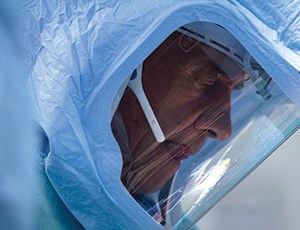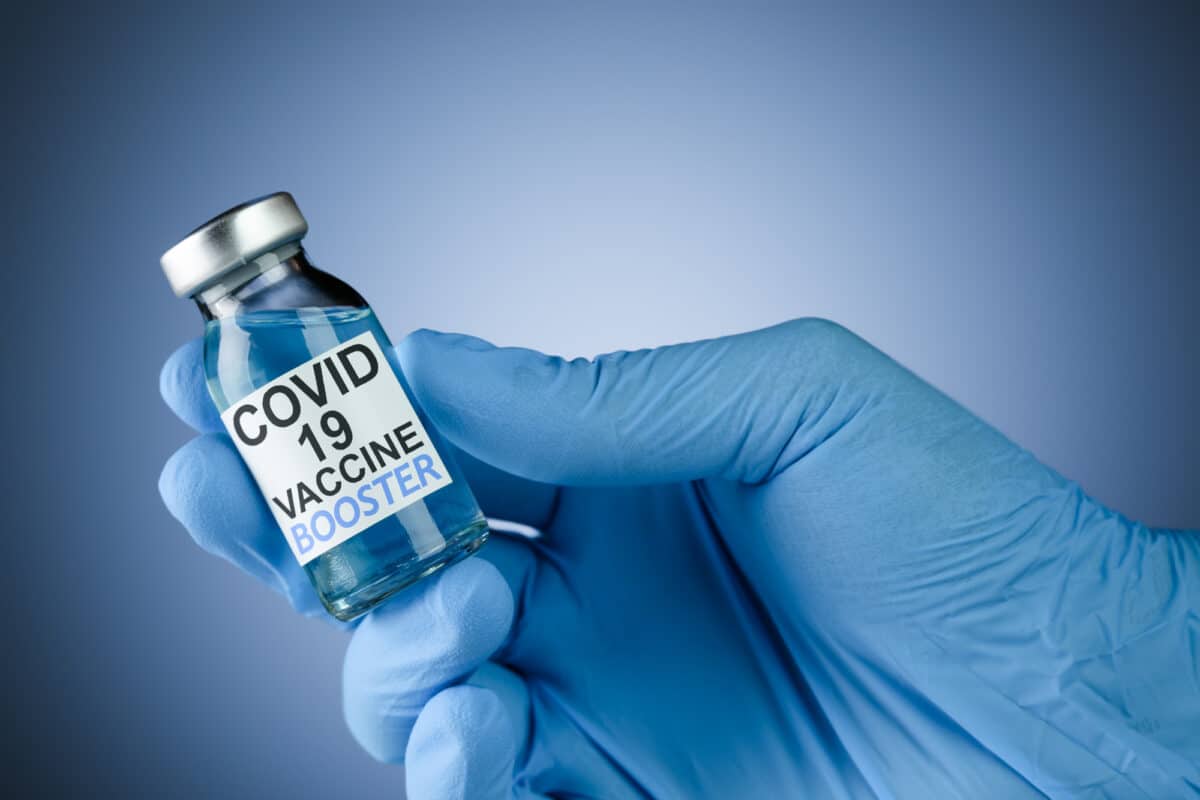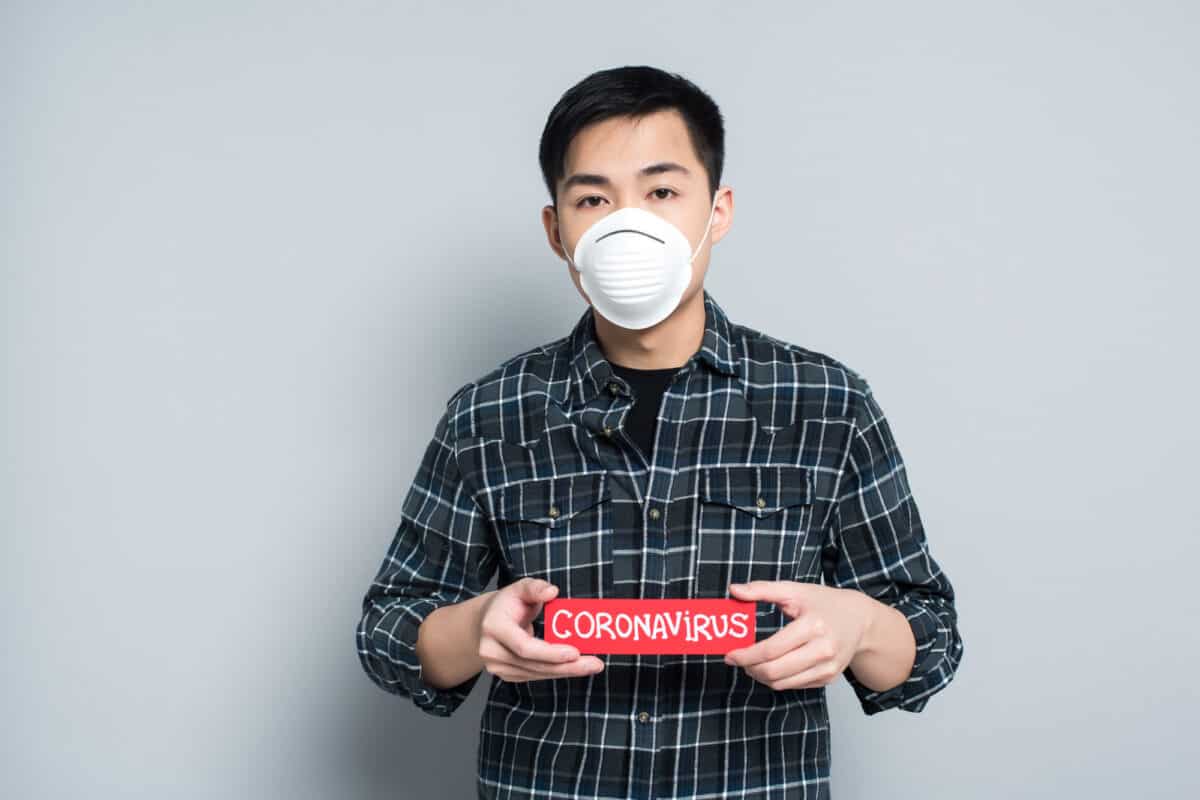In the face of unprecedented levels of rising demand on our healthcare system, protecting our frontline staff is the No1 priority. Not only because we need them all fully operational, but also out of a duty of care to those who are caring for the vulnerable and infirm.
Yet, the unfortunate reality is that frontline staff are at huge risk. From a shortage of appropriate protective equipment to communication shortcomings with whole body protection suits that render them incapable of fulfilling their purpose, the fact is that our ability to keep staff safe when dealing with infectious diseases is minimal.
Tom Downes, CEO, Quail Digital, outlines why wireless headsets must form an integral element of ensuring the effectiveness of whole body protection for frontline healthcare staff.
[lasso ref=”how-to-make-disease-disappear” id=”83861″ link_id=”3379″]
Compromised Communication
Covid-19 is putting global healthcare systems on the brink and key frontline staff under immense pressure – arguably more so than ever before – dealing with unprecedented levels of demand. In the US, the virus is shining a spotlight on the economics of the health system, exposing “inefficiencies and inadequacies” which are only going to get worse over the coming weeks and months. In the UK, the army has been drafted in to help get deliveries of protective equipment to frontline staff and almost 4,000 NHS workers signed a letter in the Sunday Times calling on the prime minister to “protect the lives of the life-savers” and resolve the “unacceptable shortage of protective equipment”.
Personal protective equipment (PPE) is key in protecting patients and healthcare workers by acting as a barrier between infectious materials such as viral and bacterial contaminants and the skin, mouth, nose, or eyes (mucous membranes). The barrier has the potential to block transmission of contaminants from blood, body fluids, or respiratory secretions. PPE may also protect patients who are at high risk for contracting infections through a surgical procedure or who have a medical condition, such as, an immunodeficiency, from being exposed to substances or potentially infectious material brought in by visitors and healthcare workers.

Effective Communication and Patient Safety
Indeed, there is strong evidence pointing to the importance of effective communication and teamwork in patient safety more generally. Deficiencies in teamwork and communication contribute to adverse events, thus demonstrating that non-technical skills are as important as technical surgical skills in preventing adverse patient outcomes. A further study discovered that surgical errors increased significantly with increased disruptions and that teamwork and communication problems were the strongest predictors of surgical errors.
Dr. Tsafrir’s recent study “Improving communication in robotic-assisted laparoscopic surgery” set out to evaluate the effect of using a wireless audio headset device on communication, efficiency and patient outcome in robotic surgery, where full PPE is also worn. The controlled trial of individuals participating in gynaecologic and urologic robotic procedures, evaluated the quality of communication, performance, teamwork and mental load. The study also measured ambient noise levels throughout the duration of the procedures.
Participants reported better overall communication in cases where headsets were used; while there was also a measurable impact on reducing the ambient noise level when headsets were deployed. The report confirms, “Our study shows that the use of wireless headsets improves communication in the robotic OR. In addition, the percentage of time above a peak sound level of 70 dB is reduced while using headsets.”
These findings support the impact of wireless headsets in ensuring effective communication during general procedures, while also reducing stress levels amongst frontline staff. The latter being equally important during the current healthcare crisis, when staff are under unprecedented levels of pressure.
Conclusion
There is mounting evidence for the value of single channel, lightweight headsets in providing high quality, effective communication where PPE is worn. Indeed, in dealing with infectious diseases and the need to mitigate the spread of Covid-19, it is critical that the equipment staff use can fulfil its purpose and not be compromised by communication constraints. It’s time to fulfil our duty of care to protect our frontline healthcare workers, while we tackle this pandemic together.
This article has been sponsored by NeoPR
Digital Health Buzz!
Digital Health Buzz! aims to be the destination of choice when it comes to what’s happening in the digital health world. We are not about news and views, but informative articles and thoughts to apply in your business.


